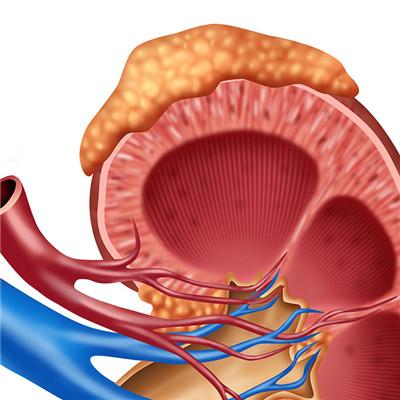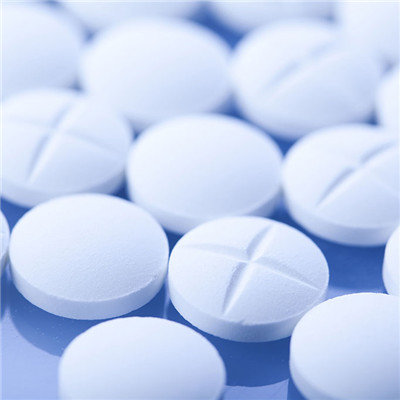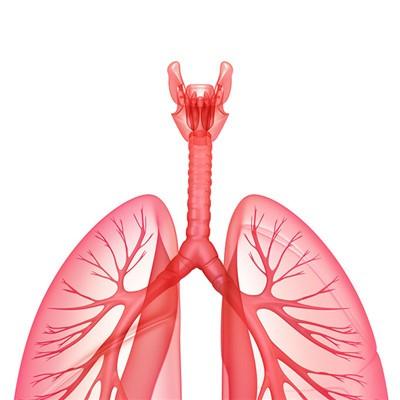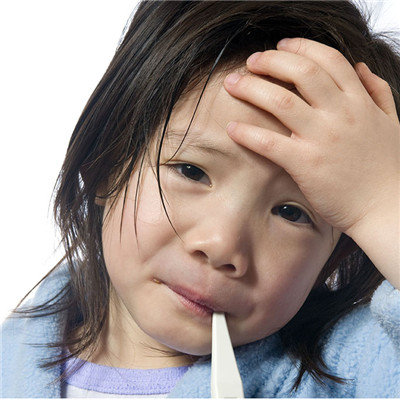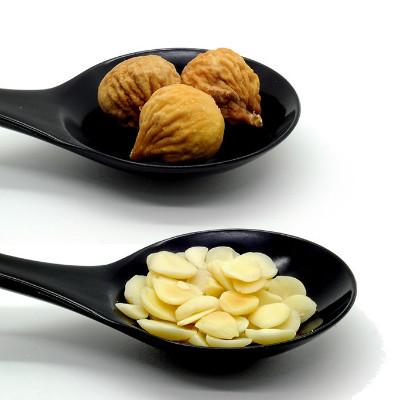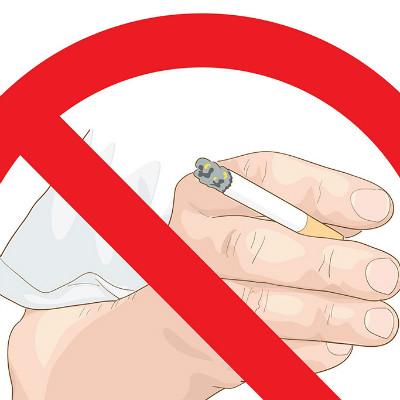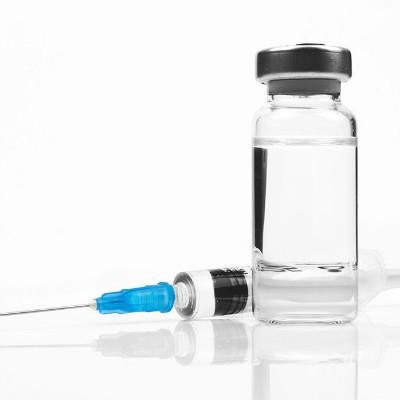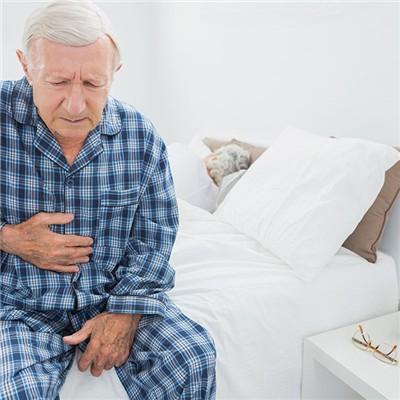Symptoms of pneumonia and cough
summary
With the advent of spring, the temperature difference between morning and night is large, and the phenomenon of baby cough is more and more. Many parents will immediately let the baby take cough medicine, cold medicine and various folk prescriptions, afraid that the baby will delay the illness and get pneumonia. In fact, cough is only an emergency response. Only by understanding the cause of baby cough can we get effective treatment. Pneumonia cough symptoms with everyone to learn to explore.
Symptoms of pneumonia and cough
1. Fever: most children with pneumonia have fever symptoms. Their body temperature is above 38 ℃ for two or three days. Antipyretic drugs can only make their body temperature drop for a while, and then rise again soon. Although children's colds can also cause fever, their body temperature is mostly below 38 ℃ and the duration is short. The effect of antipyretic drugs is also obvious. But at the same time, we should also be alert to children with pneumonia without fever. The temperature of the baby with pneumonia may be very high, but it may not have fever, or even lower than normal. The duration of fever can not be used as a basis for judging pneumonia. Some baby fever only two days has developed into pneumonia, and some baby fever a week is not caused by pneumonia. Therefore, it is impossible to judge whether the child has pneumonia from fever, but it needs to be combined with other aspects.
2. Cough and breathing to determine whether or not suffering from pneumonia also depends on whether the child has cough, asthma and breathing difficulties. Cough and asthma caused by cold and bronchitis are paroxysmal, and dyspnea generally does not occur. If the cough and asthma are serious, the respiratory rate increases at rest (i.e. the respiratory rate of infants less than 2 months old is more than or equal to 60 times / min; Infants aged 2-12 months ≥ 50 times / min; 1-5-year-old children ≥ 40 times / min), one by one on both sides of the nose, lips blue or purple, once the above symptoms appear, it indicates that the condition is serious, can not be delayed. More than 50% of the pathogens of viral pneumonia are respiratory syncytial virus, which accounts for one third of the total number of hospitalized children with pneumonia. It usually occurs in winter and spring. The most typical age of onset is 6 months to 3 years old. These children often have acute onset, first have "cold" symptoms, lasting for about 3 days, showing low fever (measuring body temperature at about 38 ℃), clear nose, cough, about 60% of the children may not have fever. 2-3 days later, the cough worsened, breathing fast and superficial, up to 60-100 times per minute. The most prominent symptoms are wheezing, suffocation, and prolonged exhalation. Sometimes the wheezing sound does not need to use a stethoscope. It can be heard as long as it is close to the child, and the child is very painful.
3. Mental state in order to discover children's pneumonia in time, careful mothers should also pay attention to children's mental state. If the child is in a good mood, can play and loves to laugh while having a fever, coughing and wheezing, the possibility of suffering from pneumonia is very small. On the contrary, the child's poor mental state, blue lips, irritability, crying or sleeping, wind, a small number of children can appear delirium, which means that the child is more seriously ill, more likely to get pneumonia. In the early stage of pneumonia, the child may not have obvious mental changes, or may not be in a good mental state.
matters needing attention
1. Avoid: high protein diet should be avoided for babies with high fever and water loss, such as meat, chicken and fish, because eating more protein will increase the excretion of urea, which will take away more water in the body. 2. Appropriate: the baby's milk can be diluted with some water. Should eat more light food. In addition to milk, eggs and bean products, you can also eat fresh vegetables, fruits, life sunshine and other colostrum products, which can supplement the immune elements consumed by the body when bacteria invade, and can be used appropriately.
